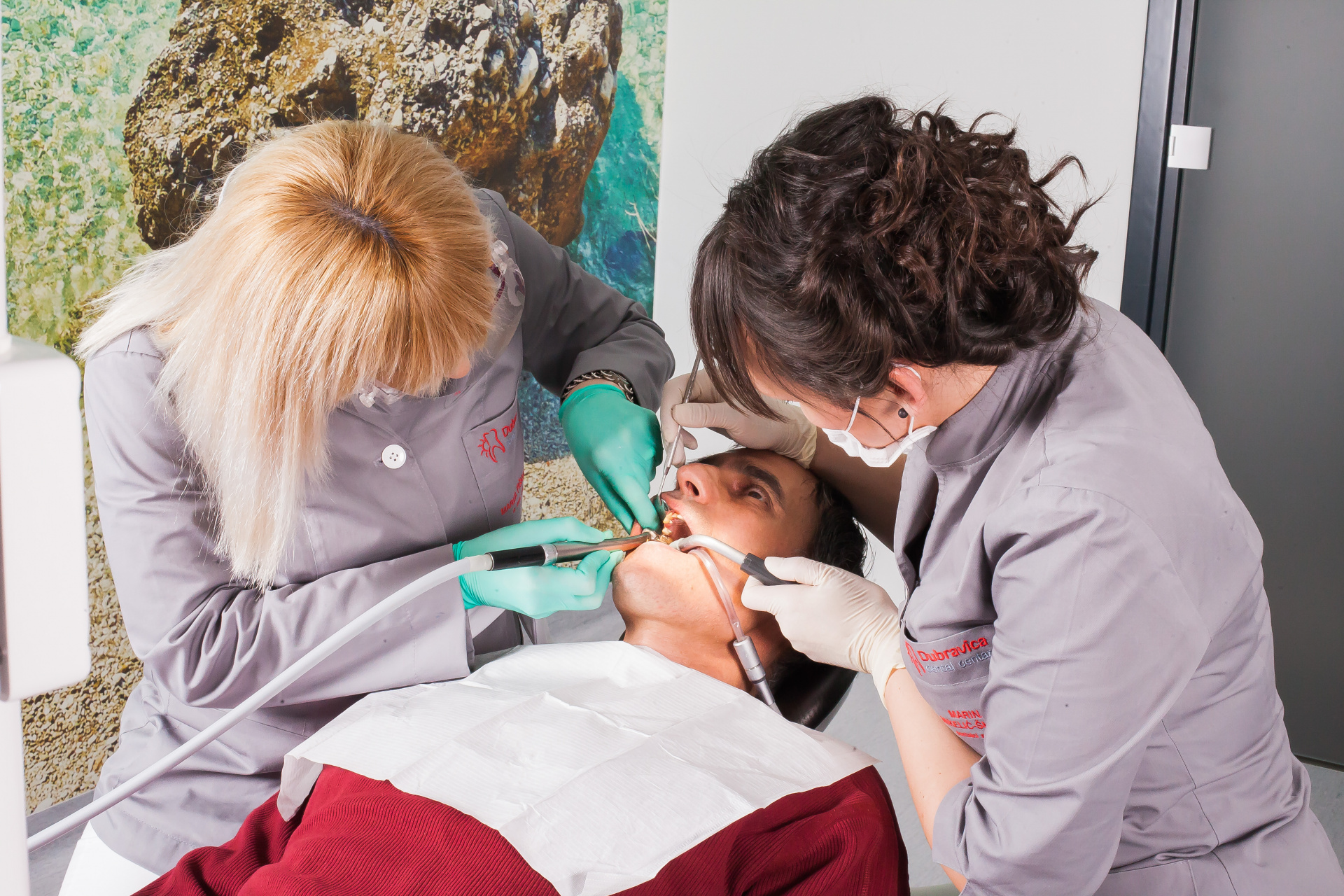
The visit to the dentist sometimes causes the patient's discomfort and fear, which prevents him from maintaining the health of the teeth, and sometimes completely avoid the visit to the doctor
Anesthesia in dentistry exists since 1884. It is the most important substance in dental care in contemporary times. During dental care, anesthesia allows patients full and complete relaxation, and duration depends on the necessary surgical time. We use local anesthesia which "sleeps" a part of the jaw. It is usually used on the area around the tooth to be treated, which requires surgical treatment, keeping the patient in a conscious state, and has the purpose of eliminating pain and sensitivity to the agressiveness of surgical interventions. This type of anesthesia is preferable to use when possible, for its advantages compared to general anesthesia, because it allows the patient to discharge from the hospital faster - even on the same day of the necessary treatment, decrease of fear and discomfort and reduction of side effects.
There are treatments when the use of anesthesia is not necessary, such as the first visit, superficial tooth decay, application of orthodontic appliances, application of night-time bites, taking impressions, cleaning of teeth, caries and devitalization of necrotic teeth. The treatments that require the use of anesthesia are dental extractions, medium and deep caries, implant insertion, root planing, maxillary sinus augmentation, surgical endodontics, devitalization of teeth in the pulpitis and removal of lesions.
Conscious sedation
Sedation is a state of tranquility. The reduced conscience that follows, with the particular drugs that act on the central nervous system of the patient, free him from the sense of discomfort and fear and allows the execution of the treatments maintaining a verbal relationship with the same patient all the time. Sedation is supervised by the specialist anesthetist. During treatment, the heartbeat and lungs do not alter, drowsiness ends about 20 minutes after treatment.



